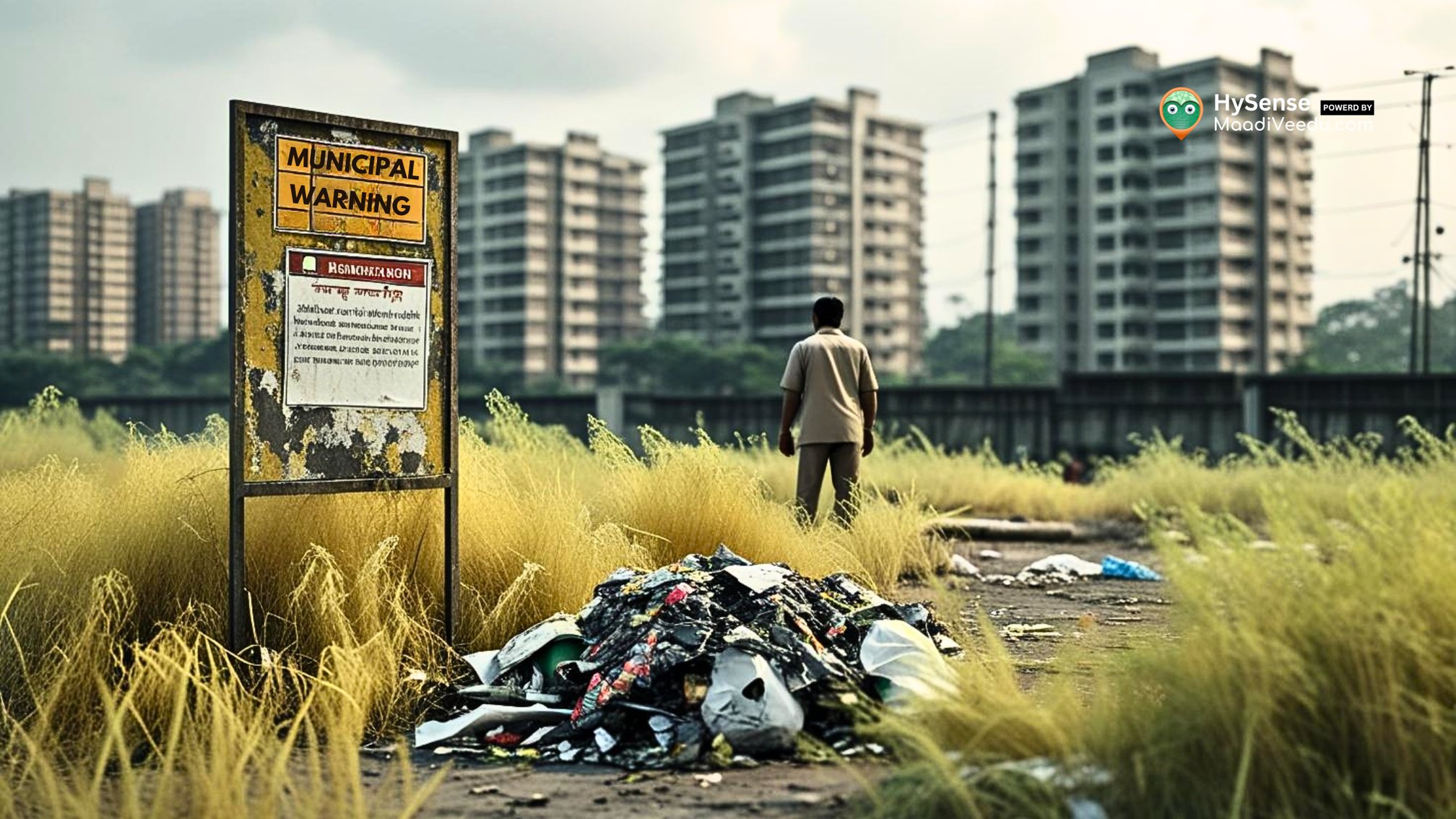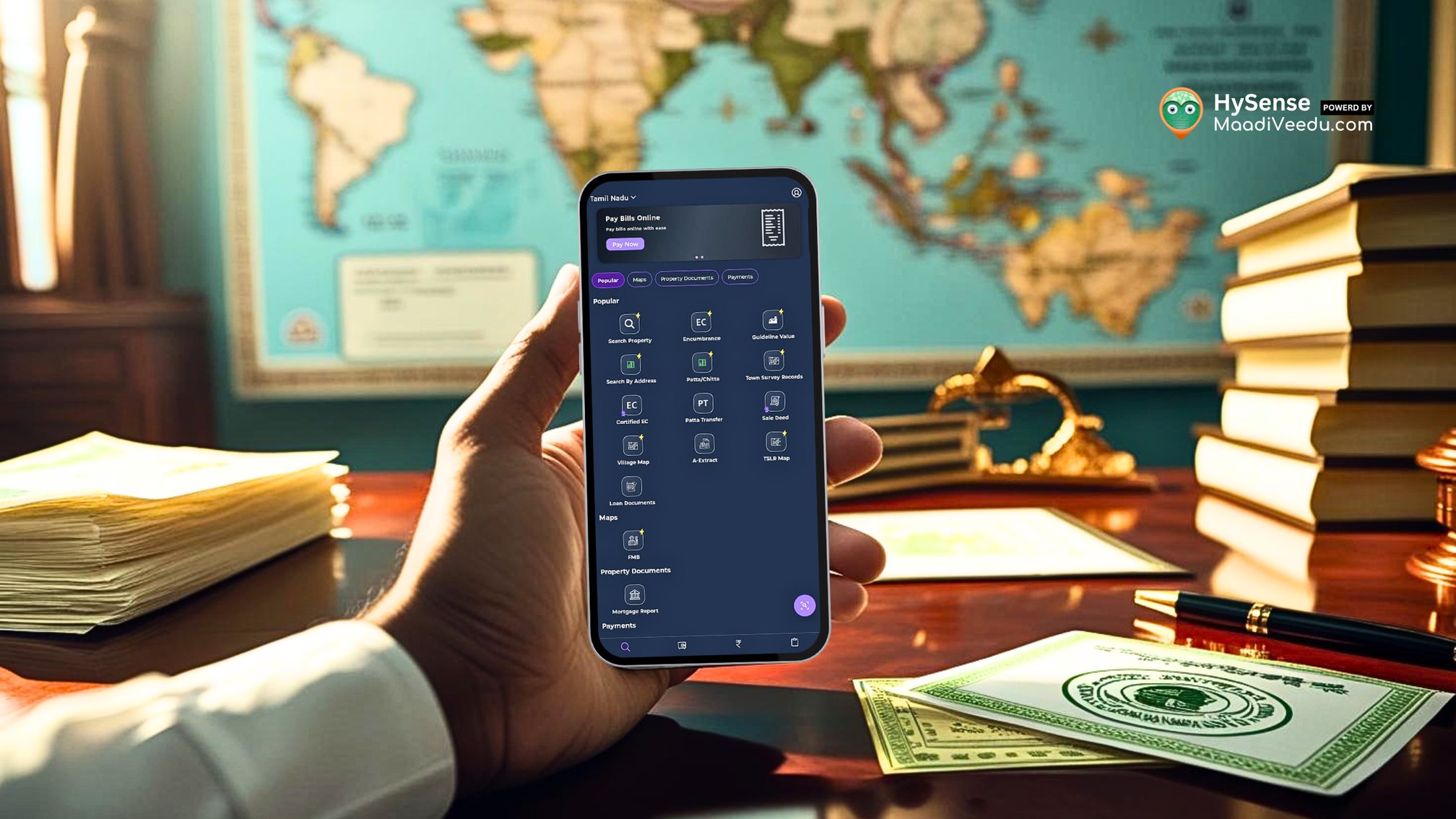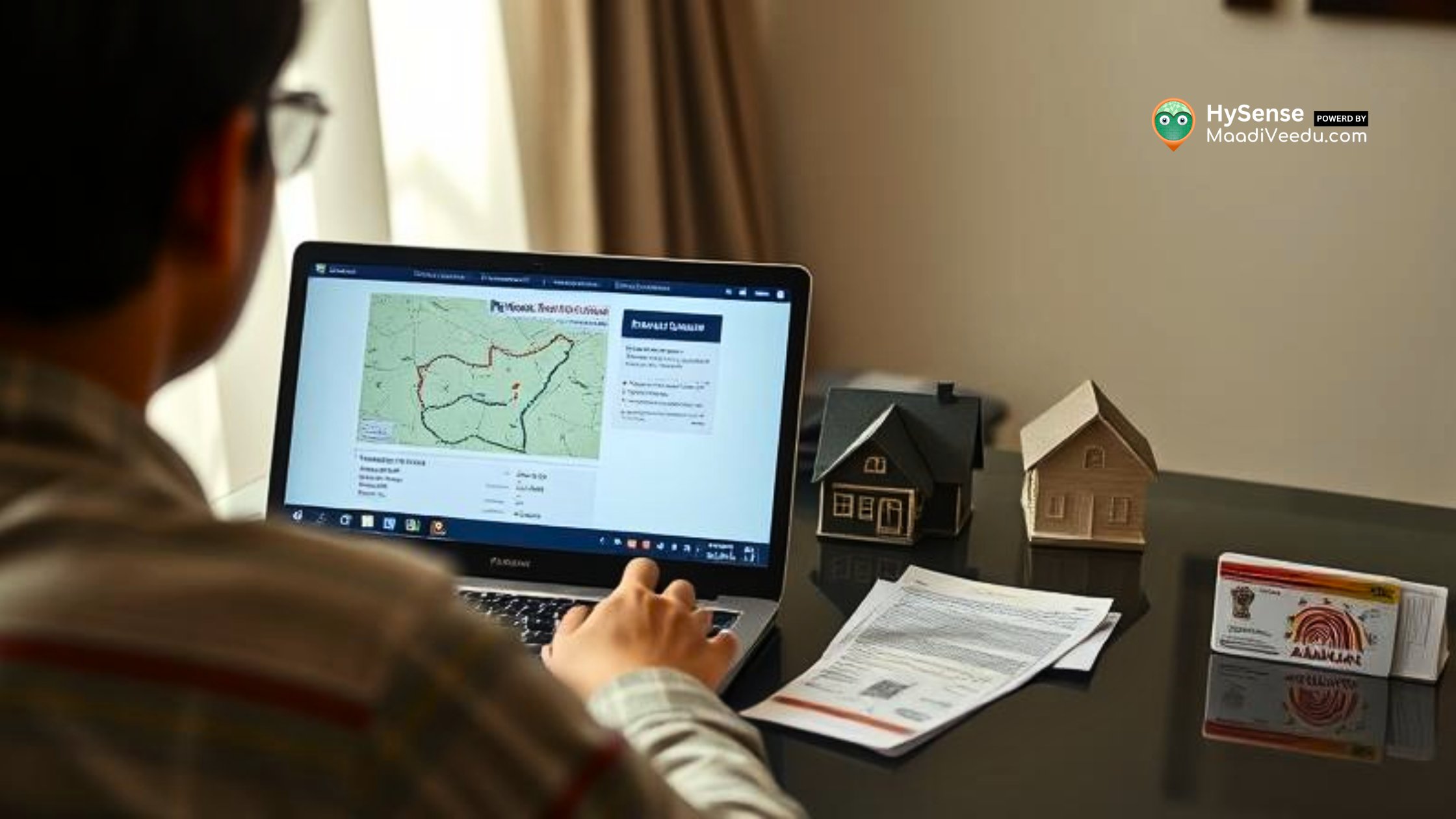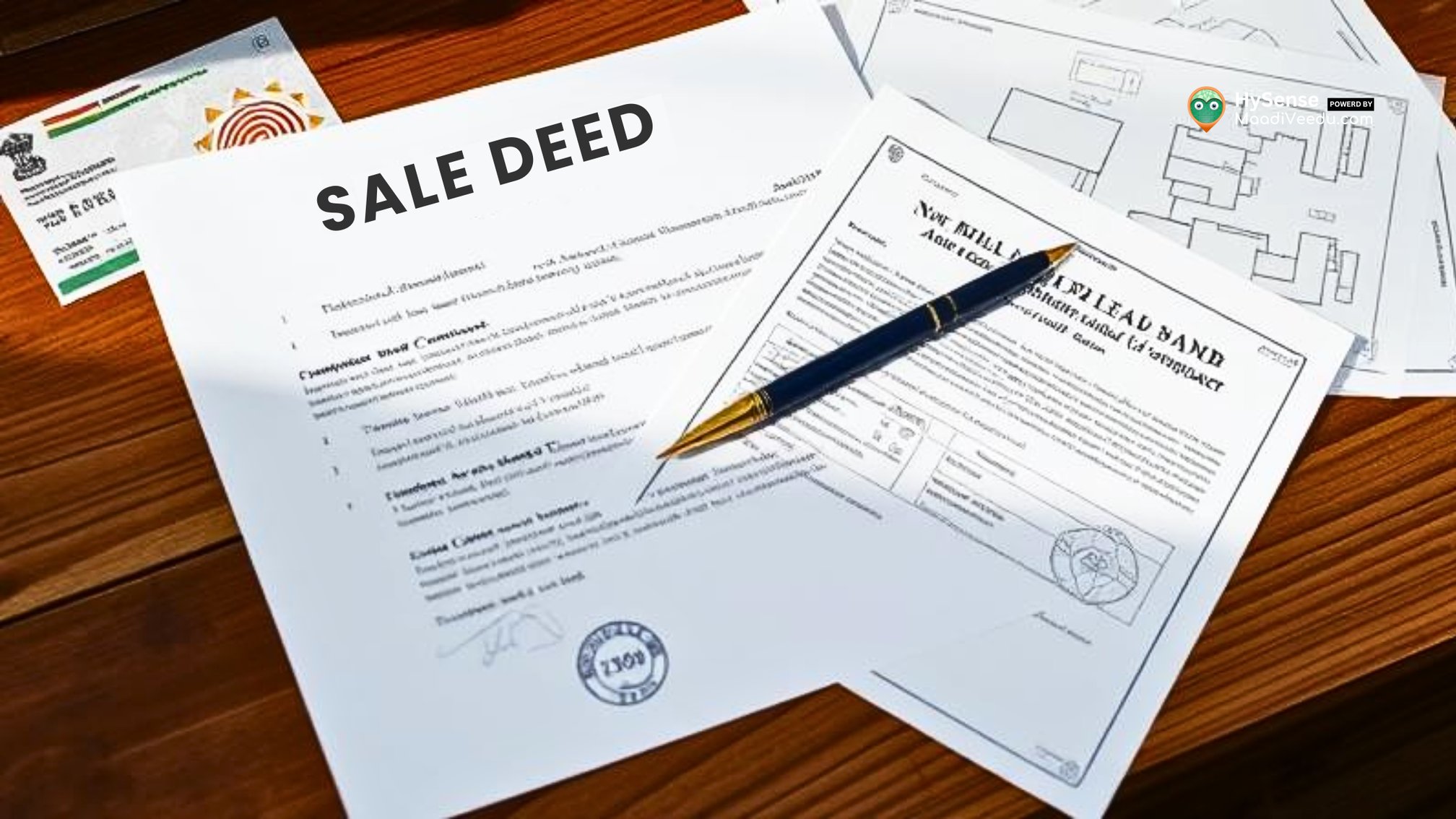How to Calculate Monthly Maintenance Charges for Your Apartment in India – Complete Guide
Learn how to calculate apartment maintenance charges easily. Get tips to reduce costs, understand calculation methods, and know what’s included in the fees.
Table of Contents
Are You Overpaying for Apartment Maintenance?
Many flat owners in residential apartments across cities like Chennai, Bengaluru, or Hyderabad often wonder—Why am I paying so much for maintenance every month? Or Why is my neighbour paying less even though we both live in the same building?
The truth is, maintenance charges in Indian housing societies are not always clearly explained, which leads to confusion, unfair payments, and even disputes.
If you’ve ever been surprised by a sudden maintenance hike or are unsure how your bill is calculated, this blog will help you understand everything clearly.
What This Blog Will Cover
- Clear methods used in India to calculate apartment maintenance charges
- Factors that affect your monthly cost
- Tips to reduce expenses without affecting services
- A helpful FAQ section based on common questions from Indian apartment owners
Let’s begin by understanding what these charges actually cover in your housing society.
Understanding Maintenance Charges
In Indian apartment complexes, maintenance charges are collected by the Residents’ Welfare Association (RWA) or society to cover the cost of:
- Cleaning and upkeep of common areas like lobbies, stairs, and parking
- Running utilities such as lifts, generators, and water pumps
- Paying security guards, cleaners, and gardeners
- Handling minor repairs, waste disposal, and legal expenses
- Creating an emergency fund for urgent repairs, floods, or fire damage
These charges are usually collected monthly or quarterly. If calculated properly, they help in smooth day-to-day management of the apartment without the need for sudden contributions from residents.
Factors That Affect Maintenance Charges in Indian Apartments
1. Size of the Flat
Charges are often based on the built-up area or super built-up area.
Example: A 1,200 sq. ft. flat will pay more than a 900 sq. ft. flat because it occupies more space and uses more common resources.
2. Facilities Provided
Societies with extra amenities such as:
- Swimming pool
- Gymnasium
- Clubhouse
- Children’s play area
- will require more funds for regular upkeep.
3. Common Area Space
Buildings with larger corridors, multiple lifts, basements, or gardens naturally require more money for:
- Cleaning
- Electricity
- Maintenance
4. Number of Occupants
More residents in a flat mean higher usage of water, lifts, and common amenities. Some societies in India charge based on the number of people staying in each unit.
5. Special Repairs and Upgrades
Painting the building, lift upgrades, waterproofing, or purchasing new equipment can lead to additional charges, sometimes collected as a one-time corpus.
Methods Used in India to Calculate Maintenance Charges
1. Per Square Foot Method
Formula: Rate per sq. ft. × Total flat area
Example: If the rate is ₹3 per sq. ft. and your flat is 1,000 sq. ft., the monthly maintenance charge is ₹3,000.
This is the most common method in metro cities like Bengaluru, Chennai, and Pune.
It is considered fair for societies with varied flat sizes.
2. Equal Sharing Method
Each flat pays the same amount, regardless of size.
This method works well in older societies or places where all flats are similar.
3. Hybrid or Mixed Method
This combines both:
- A fixed base charge for all residents
- A variable charge based on flat size or usage
It is commonly used in premium societies to ensure fairness and balance.
Find residential flats with transparent maintenance structures and verified society amenities — check current listings.
What Is Usually Included in Monthly Maintenance Charges?
- Electricity for Common Areas
Corridor lighting, lift operation, generator backup
- Water Supply and Pump Charges
Borewell or tanker water costs, pump electricity
- Security and Cleaning Staff
Salaries, uniforms, training, and equipment
- Waste Management
Garbage collection, disposal, and composting systems
- Lift Maintenance
AMC (Annual Maintenance Contracts) for lifts and generators
- Garden and Playground Upkeep
Lawn cutting, pesticide spraying, equipment repairs
- Emergency Reserve Fund
For unplanned events like water leakage, fire damage, or structural cracks
Read also: Top Mistakes to Avoid When Buying a Flat: Tips for Buyers – a must-read if you’re planning to own a flat soon.
How to Reduce Maintenance Charges – Practical Tips for Indian Societies
1. Use Energy-Efficient Systems
- Replace lights with LEDs
- Install motion sensors in corridors
- Use solar water heaters or solar streetlights
2. Regular Account Checks
- Conduct quarterly audits
- Share monthly expense reports with residents
- Identify areas of overspending
3. Outsource Smartly
Hire reliable vendors for:
- Security
- Cleaning
- Electrical and plumbing maintenance
- Get 2–3 quotations to compare and reduce long-term costs.
4. Community Participation
- Form a finance committee
- Rotate leadership roles yearly
- Involve residents in decisions to increase transparency
5. Install Rainwater Harvesting
This saves money on tanker water and reduces dependency on borewells.
Extra Cost-Saving Ideas
- Get Group Discounts from pest control and cleaning vendors
- Fix Issues Early before they turn into costly repairs
- Host Community Events to raise voluntary contributions
- Use UPI/Online Transfers for transparent payments
- Hire Local Service Providers for urgent repairs
- Share Tools and Equipment like ladders, mops, or garden tools
Conclusion
Apartment maintenance charges in Indian housing societies are an essential part of smooth living—but only when planned properly.
Understanding how these charges are calculated and managed helps every flat owner:
- Plan finances better
- Avoid sudden demands for money
- Improve the quality of living in the community
Whether you live in a small society in a tier-2 city or a gated apartment in a metro—transparency, community involvement, and smart management can reduce your expenses while improving services.
For more helpful real estate insights, visit our blog at blog.maadiveedu.com.
Looking to buy or sell verified apartments, plots, or rental homes? Explore the latest listings on www.maadiveedu.com — where real homes meet real people.
Frequently Asked Questions (FAQ)
1. Are maintenance charges mandatory?
Yes. Every flat owner in a registered society is legally required to pay maintenance charges as per the bye-laws.
2. Can a society charge extra for major repairs?
Yes, but the amount and reason must be clearly communicated and approved in a general body meeting.
3. What happens if I don't pay maintenance charges?
Late fees, penalties, or disconnection of non-essential services may apply. In serious cases, legal action can be taken.
4. Is GST applicable on maintenance charges?
Yes. If the monthly maintenance exceeds ₹7,500 per member and the society’s annual turnover is above ₹20 lakhs, 18% GST is applicable.
5. Who decides the maintenance amount?
The amount is decided by the management committee of the society, usually approved by the general body of members.











